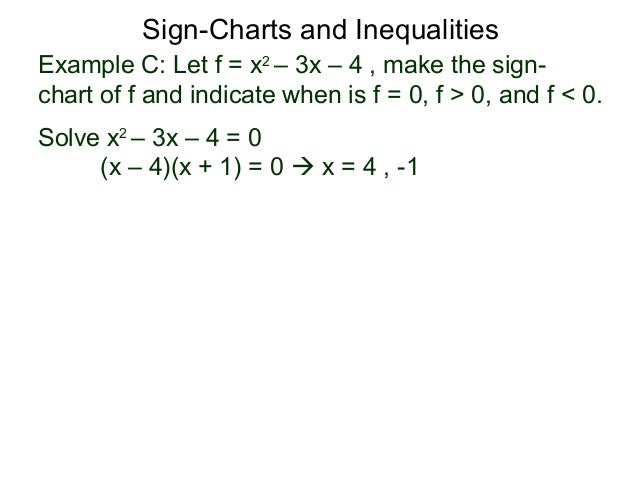

You can checkout complete python script and more Python examples from our GitHub Repository. If we remove _ne_() function, then the output will be like this: True Notice that d1 and d2 record values are same but “id” is different. We can achieve this by implementing our own _ne_() function. When we are using the not-equal operator, we just want to compare it for record value. Let’s say we have Data class with fields - id and record. So we can define our custom implementation for an object and alter the natural output. When we use not equal operator, it calls _ne_(self, other) function. We can use Python not equal operator with f-strings too if you are using Python 3.6 or higher version. Here is some examples with Python 3 console. Type "help", "copyright", "credits" or "license" for more information. Let’s see some examples of not-equal operator in Python 2.7. Not equal operator in Python 2, deprecated in Python 3. If you were to change the formula to =NOT(B2>A5) it would return TRUE and the cell would be formatted.Not Equal operator, works in both Python 2 and Python 3. In this case A5 is greater than B2, so the result will return FALSE. If A5 is NOT greater than B2, format the cell, otherwise do nothing. If A2 is greater than B2, format the cell, otherwise do nothing. Using the earlier Dates example, here is what the formulas would be. Next, select the “ Use a formula to determine which cells to format” option, enter your formula and apply the format of your choice. When you do this you can omit the IF function and use AND, OR and NOT on their own.įrom the Home tab, click Conditional Formatting > New Rule. You can also use AND, OR and NOT to set Conditional Formatting criteria with the formula option. Using AND, OR and NOT with Conditional Formatting The decision is based on the null hypothesis. The null hypothesis always includes the equal sign.
If the original claim does not include equality (<, not equal, >) then the null hypothesis is the complement of the original claim.And this deleted ALL of the my observations.

I tried using the following: drop if race100 200. I've tried using the code: keep if country100200. So that my entire dataset has only countries represented by the numbers 200 and 100.
In this case, A5 is greater than B2, so the formula returns FALSE. If the original claim includes equality (<,, or >), it is the null hypothesis. I want to drop all values that are not equal to either 100 or 200.IF A5 is not greater than B2, then return TRUE, otherwise return FALSE. 03/12/14 is greater than 01/01/14, so the formula returns TRUE. IF A2 is greater than B2, return TRUE, otherwise return FALSE. Here are some examples of using AND, OR and NOT to evaluate dates. You can also substitute Text or Numeric values for the TRUE/FALSE values to be returned in the examples. The remaining True/False arguments are then left as part of the outer IF statement. Note that all of the examples have a closing parenthesis after their respective conditions are entered. IF A7 (“Blue”) is NOT equal to “Red”, then return TRUE, otherwise return FALSE. In this case 25 is not greater than 50, so the formula returns TRUE. IF A6 (25) is NOT greater than 50, then return TRUE, otherwise return FALSE. Here are the formulas spelled out according to their logic:

The NOT function only takes one condition. The AND and OR functions can support up to 255 individual conditions, but it’s not good practice to use more than a few because complex, nested formulas can get very difficult to build, test and maintain. NOT – =IF(NOT(Something is True), Value if True, Value if False)įollowing are examples of some common nested IF(AND()), IF(OR()) and IF(NOT()) statements. OR – =IF(OR(Something is True, Something else is True), Value if True, Value if False) When you combine each one of them with an IF statement, they read like this:ĪND – =IF(AND(Something is True, Something else is True), Value if True, Value if False)
DOES NOT EQUAL SIGN STATA HOW TO
Here are overviews of how to structure AND, OR and NOT functions individually. The value that you want returned if the result of logical_test is FALSE. The value that you want returned if the result of logical_test is TRUE. IF(NOT()) - IF(NOT(logical1), value_if_true, )) Use the IF function along with AND, OR and NOT to perform multiple evaluations if conditions are True or False.


 0 kommentar(er)
0 kommentar(er)
